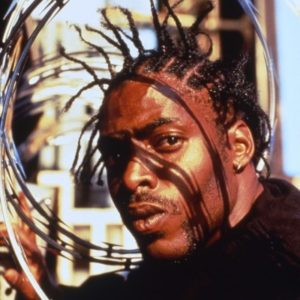
Coolio’s Sound Master Crew
Contrary to reports, L.A, rapper Coolio’s career began in the mid-80s, when he floated through several short-lived electro-rap ensembles.

Contrary to reports, L.A, rapper Coolio’s career began in the mid-80s, when he floated through several short-lived electro-rap ensembles.

Pitchfork’s latest retrospective list, a ranking of the top 250 best songs of the 1990s, embraces a girlboss theme. The top five slots belong to women.

In light of Jean Grae’s identification as nonbinary, Shanté Paradigm Smalls’ Hip-Hop Heresies, a book about queer identity in hip-hop culture, is enlightening.

A recent Futura 2000 interview in Artnet is full of memorable details.

ProPublica’s story about internet clout chases contains a detail about The Source magazine, a famed example of golden-era rap journalism.
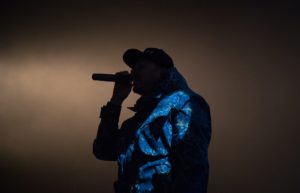
With controversy surrounding “augmented reality” act FN Meka, it’s worth reading Enongo Lumumba-Kasongo’s story on AI in the rap industry.

In a long-ish essay published in The Walrus, Cadence Weapon recounts his time penning reviews as an enterprising Edmonton teenager.
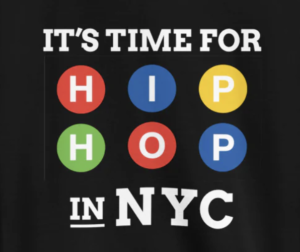
It remains unclear why disgraced rap mogul Russell Simmons is associated with Universal Hip-Hop Museum, which is scheduled to open in the South Bronx in 2024.
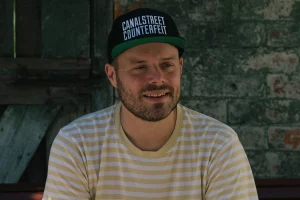
On July 6, Blockhead launched a fascinating Twitter thread exploring the phenomenon of “drumless rap.”

Inspired by a Wiz Khalifa tirade, Rob Swift has gathered some helpful tips for navigating a rapper’s ego.

A recent lyric video of Big Juss of Company Flow’s 1997 track “Lune TNS” pays tribute to the golden age of New York graffiti.
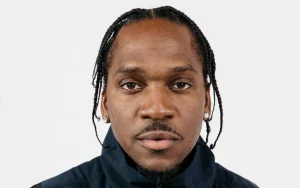
In a recent interview, Pusha T equated his coke-rap focus to Martin Scorsese’s mob flicks. The comparison doesn’t quite hold up.